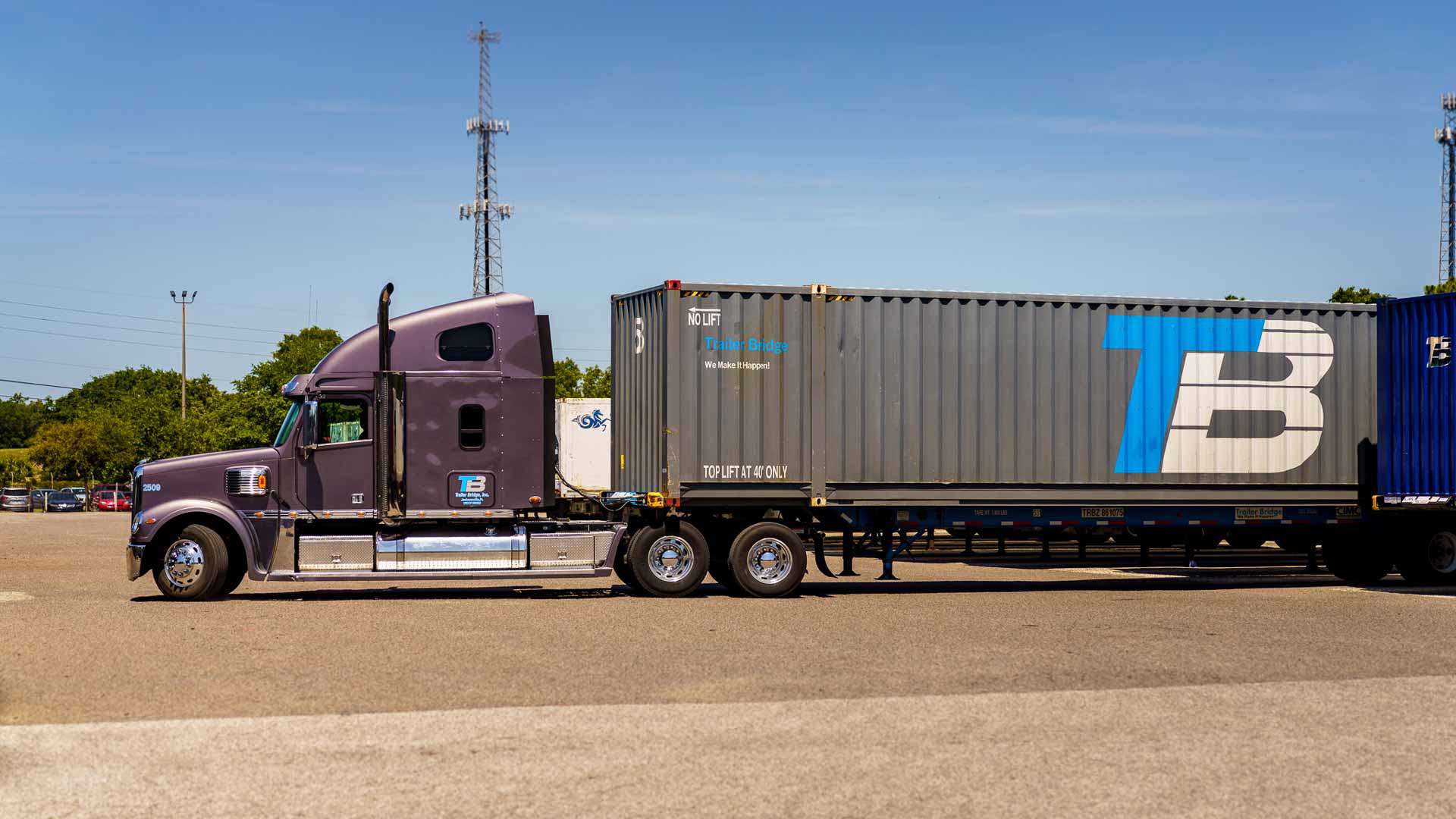
6 Factors Impacting LTL Freight Shipping Rates
Less-Than-Truckload freight shipping is a cost-effective solution for shipments too large for standard parcel delivery and too small to require a dedicated 53’ trailer. Generally, shipments of 150 to 15,000 lbs. are a good fit for LTL transport. With this method, carriers will combine multiple shipments in one truckload, and each customer is only charged for the space their freight requires.
There are multiple factors that go into calculating LTL pricing. Knowing what they are allows you to have a better understanding of what contributes to your final cost. In this blog, we break down the 6 factors that determine LTL shipping rates so you can plan more effectively for your supply chain needs.
1. Weight
In LTL shipping, products are packed onto pallets, so the total weight will include the goods you are shipping as well as the weight of the pallets they are loaded on. A standard pallet is 48” x 40” and weighs 30-48 lbs., depending on the material.
The palletized freight is priced per hundred pounds, known as hundredweight pricing, or centum weight (CWT). Hundredweight pricing is set in tiers, with the rate per hundred decreasing as the total shipment weight goes up.
2. Density
Density is the amount of space a shipment occupies per pound, calculated by dividing the total weight by its volume (length x width x height).
The density of a load is directly related to its freight classification, where high density items cost less to ship than low density items.
3. Freight Class
Each LTL shipment is assigned to a class as defined by the National Motor Freight Classification (NMFC®) standard. This system includes 18 classes, numbered from 50 (lowest cost) to 500 (highest cost).
Freight class is based on 4 characteristics:
- Density: A measurement of the space occupied per pound of freight. Items with a lower density (ex. ping pong balls) have a higher classification.
- Handling: The level of care needed during transport. More fragile cargo (ex. light fixtures) has a higher classification.
- Stowability: How the shipment can be transported with other goods. Products with limitations on how they can be packed on the truck (ex. hazmat) have a higher classification.
- Liability: The value of the commodity and the likelihood of theft or damage. Items that are valuable or more likely to break in transit (ex. flat screen TVs) are given a higher classification.
4. Distance
Trip distance is determined by the pickup and destination zip codes. The further the trip, the more it will cost. This is especially true of freight that needs to be transferred between trucks during the duration of the journey.
If a shipment is only moving a short distance, regional truck carriers can usually handle the whole route. But freight moving cross-country or over multiple states is more likely to require a transfer.
5. Base Rates & Minimums
Base rates are the minimum amount a carrier will charge per hundred pounds.
Minimums, also known as Absolute Minimum Charge (AMC) is the lowest price a carrier will charge using LTL shipping rates. Costs for minimum shipments are comparatively greater than those for larger and heavier shipments.
Each carrier will have their own base rates and minimums so be sure to be aware of these policies when planning your shipment. For smaller loads, your shipper can help you find the most cost-effective option.
6. Accessorials
LTL freight shipping comes with several additional service options called accessorials. Any service performed by the shipper beyond standard dock-to-dock transport is considered an accessorial and will come at an additional charge. Common examples include:
- lift-gate service (required when the pickup or delivery location does not have a loading dock or necessary equipment)
- pickup or delivery at a limited access location (offices, tradeshows, schools)
- residential pickup or delivery
- inside pickup or delivery
- overlength freight (over 102” long)
Wrapping It Up
A little bit of planning prior to your LTL shipment can lead to greater savings in the long run if you keep the 6 cost factors in mind:
- Weight
- Density
- Freight Class
- Distance
- Base Rates & Minimums
- Accessorials
While there are many considerations when it comes to LTL shipping, guidance from a trusted transportation partner can make the process seamless. Connect with a Trailer Bridge expert today for a personalized review of your supply chain needs.





